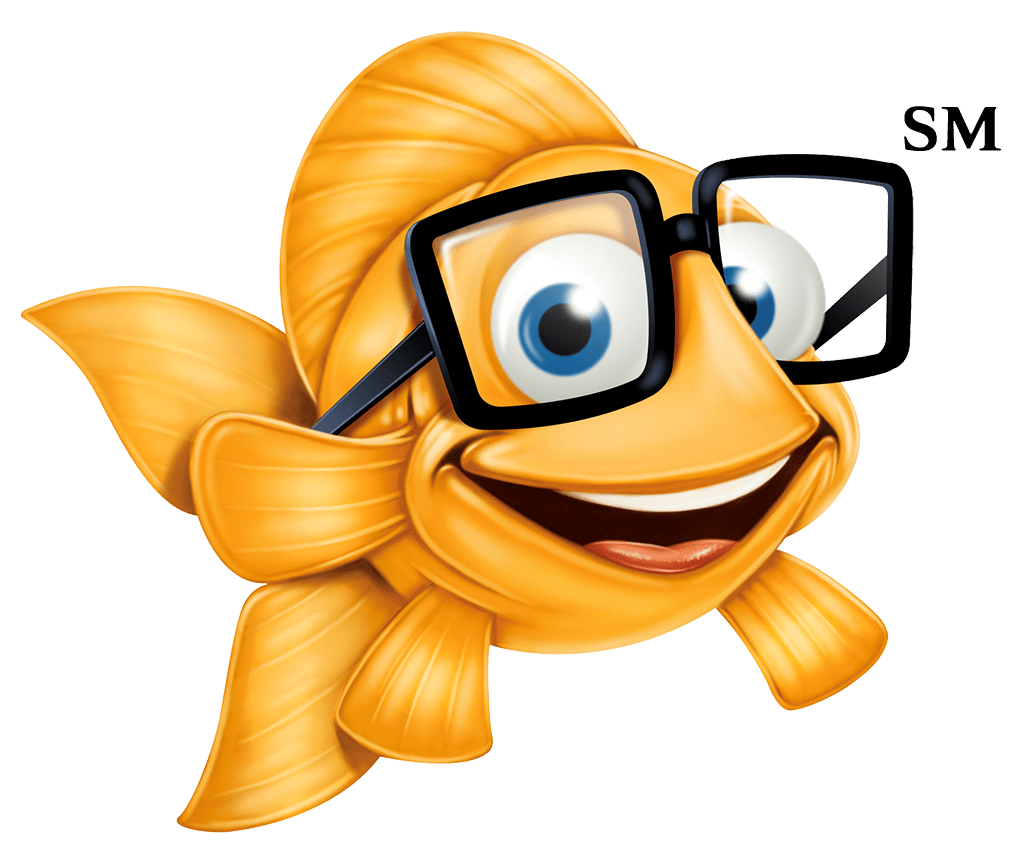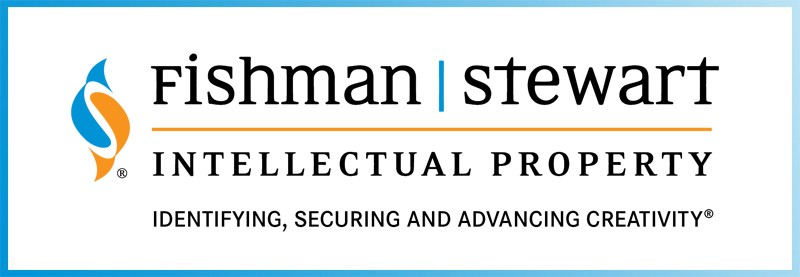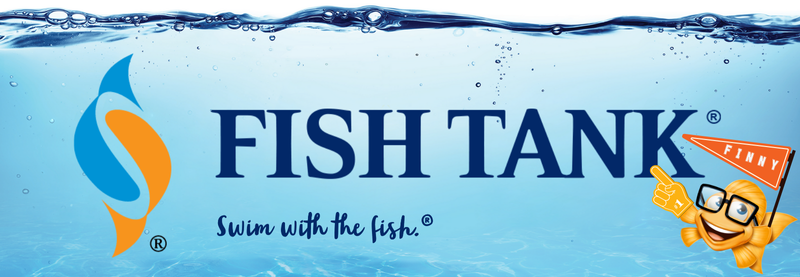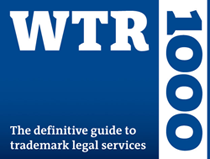Intellectual Property Insights from Fishman Stewart
Mini Article – Volume 23, Issue 9
Share on Social

Taco ‘Bout Innovation: Cinco de Mayo and the Importance of Design Patents
Did you know General Mills got a patent on a tortilla shell?
When we think of the word “patent,” most of us think of a utility patent—which is a patent for protecting the function or a utilitarian feature of an invention. However, US patent law also allows for a patent to be granted to a design of product. A design patent protects the appearance of a product. For example, a design patent can be directed to the configuration or shape of a product, an ornamentation on the surface of the product, or to a combination of the two.
In other words, a utility patent covers how something works, but a design patent covers how something looks.
In fact, a design patent can cover a new design for an existing product. This is how General Mills obtained design patent USD759,342 for a “shaped tortilla”—a concept that has been around probably as long as the tortilla itself. The patent is not directed to a method of making a bowl out of a tortilla or to a bowl made from a tortilla. It is only directed to “the ornamental design for a shaped tortilla”—essentially, a tortilla in the drawing below:

Melissa M. Chapman is an associate attorney at Fishman Stewart and works in the firm’s Patent Practice Group. Check out her full bio here.
Published May 5, 2023


Related Content from Fishman Stewart
People have long pondered whether or not the Giza pyramids were indeed solely burial chambers, which was the only known, and archaeologically determined, use—until now.
By 1930, efforts began in New York to replace Mother's Day with Parent's Day because men were more than just breadwinners. Those efforts didn't catch on, probably because in that era, women often spent more time in the home.
In February, Nike and Skims announced that they will be working together on a new brand, NikeSkims. The co-brand will create a new line of training apparel, footwear, and accessories specifically designed to meet the unique needs of women athletes.
Generally, federal courts have exclusive jurisdiction over copyright cases, and often, this presents an insurmountable paywall for individual artists and small businesses to vindicate their rights, especially where the value of the individual copyrighted works are relatively low.
Dedicated to raising public awareness about the importance of encouraging innovation and creativity throughout the world, the World Intellectual Property Organization (WIPO) annually observes World Intellectual Property Day on April 26 to showcase the role that patents, trademarks, industrial designs, copyrights and trade secrets play in our everyday lives.
Hold onto your foam fingers, sports fans – college sports just got a whole lot more interesting! The latest updates to Name, Image, and Likeness (NIL) rules are making student-athletes bigger than ever, and it’s not just about the game anymore.
Did a federal court in Louisiana recently decide that US copyrights are global rights? It seems so.
One of his most famous songs, “Lose Yourself” was recently at the center of a lawsuit. In 2019, Eminem’s publishing company Eight Mile Style sued Spotify claiming that Spotify streamed a number of its musical compositions without proper licenses.
One of the most common challenges is whether AI should be free to train on data that is protected by copyright and owned by third parties without first obtaining permission.
The U.S. Copyright Office (USCO) recently published its latest report on AI and “copyrightability.” In short, the USCO considers only some AI-generated works to be sufficiently creative as to deserve copyright protection, and thus, registration.
IDENTIFYING, SECURING AND ADVANCING CREATIVITY®












